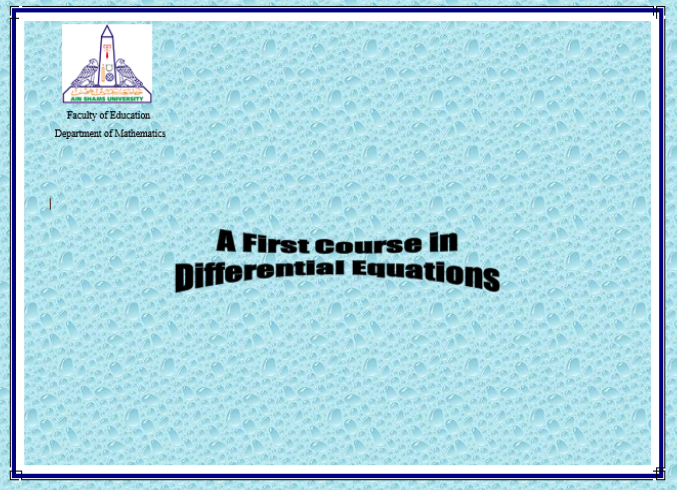
Generally, real-life situations are complex and involve many interrelated variables. The way the situations change can often be modeled using differential equations, but generally only after some simplifying assumptions are made. A good model ought to identify the factors that are of primary importance to the situation and state clearly the simplifying assumptions. Problems must be formulated so that it can be translated into mathematics. The mathematical problem is analyzed using mathematical tools and the results of the analysis then considered in terms of their implications to the original problem. Differential equations are used by scientists and social scientists in a wide variety of disciplines, such as physics, chemistry, medicine, agronomy, population biology, epidemiology, astronomy, and economics. Change is the unifying concept. Situations in disparate fields may be modeled by structurally similar differential equations. For instance, the rate of change of a quantity may be proportional to the quantity, or to the difference of some quantities, or to a product of quantities.
We begin with some elementary techniques for solving some very special and simple differential equations, and describe the type of equations we will actually try to solve in these notes, and then begin a more systematic investigation of first order and higher order equations, especially linear equations, and derive the method of variation of parameters for solving nonhomogeneous equations. After computing elementary solutions to linear equations with constant coefficients, we turn to the derivation of power series solutions when the coefficients are analytic functions, and end with a more systematic study of first order systems.
- Trainer/in: Dr. Ashraf Fouad

